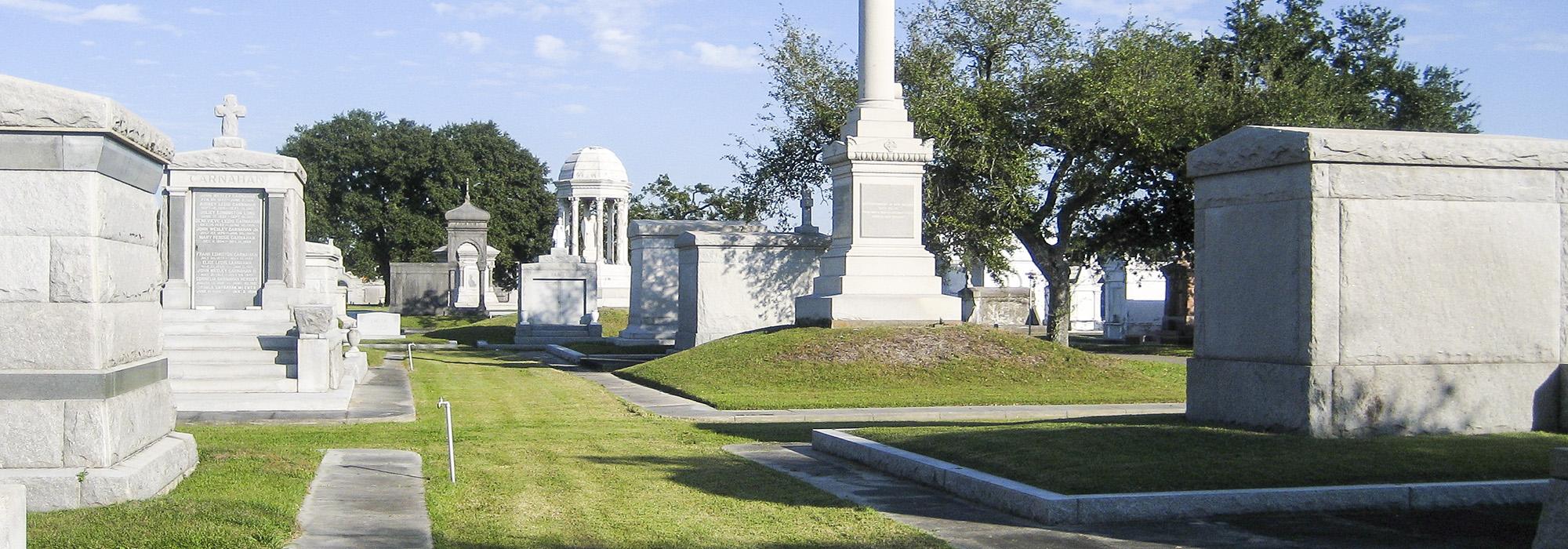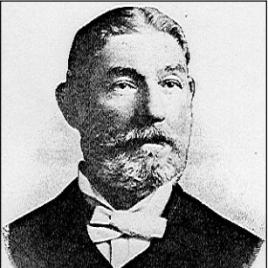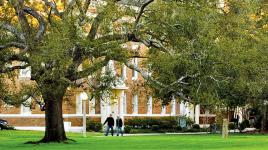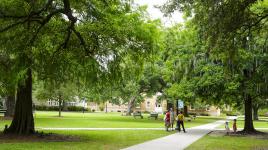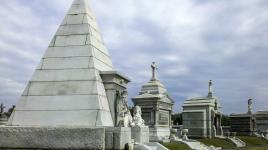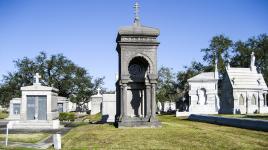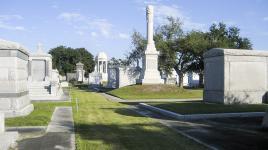Pioneer Information
Born in New Orleans, Harrod received his grade-school education from private tutors. He graduated from Harvard University with a B.A. in 1856 and earned an M.A. from Harvard’s Lawrence Scientific School in 1859. In 1858, Harrod worked on lighthouses and forts along the Gulf Coast for the U.S. Army’s Engineer Department as a draftsman and assistant engineer. He enlisted in the Civil War in 1861, contributing his engineering skills to the construction of defenses. Resuming engineering practice in New Orleans after the war, Harrod was chief engineer for the State of Louisiana from 1877 to 1880, a member of the Louisiana River Commission from 1879 to 1904, New Orleans city engineer from 1888 to 1902, and chief engineer in charge of constructing New Orleans’ water and sewerage systems from 1895 to 1902. During the 1880s, he planned and designed Metairie Cemetery in New Orleans, drawing inspiration for the cemetery’s design from the site’s former use as a racetrack. From 1884 to 1889 he operated the architectural office of Wolters & Harrod in New Orleans with Henry Wolters. Harrod partnered with Paul Andry in the early 1890s, forming the architectural firm of Harrod and Andry, considered one of New Orleans’ exceptional architectural partnerships at the time. From 1893 to 1894 the firm designed and constructed many of the educational buildings at Tulane University. Harrod left the firm by 1900. Having been named by President Theodore Roosevelt to the Panama Canal Commission, he served from 1904 to 1907. Harrod was president of the Society of Civil Engineers from 1897 to 1898 and a member of the Louisiana Engineering Society. He died in New Orleans at the age of 75 and was buried in Metairie Cemetery.



